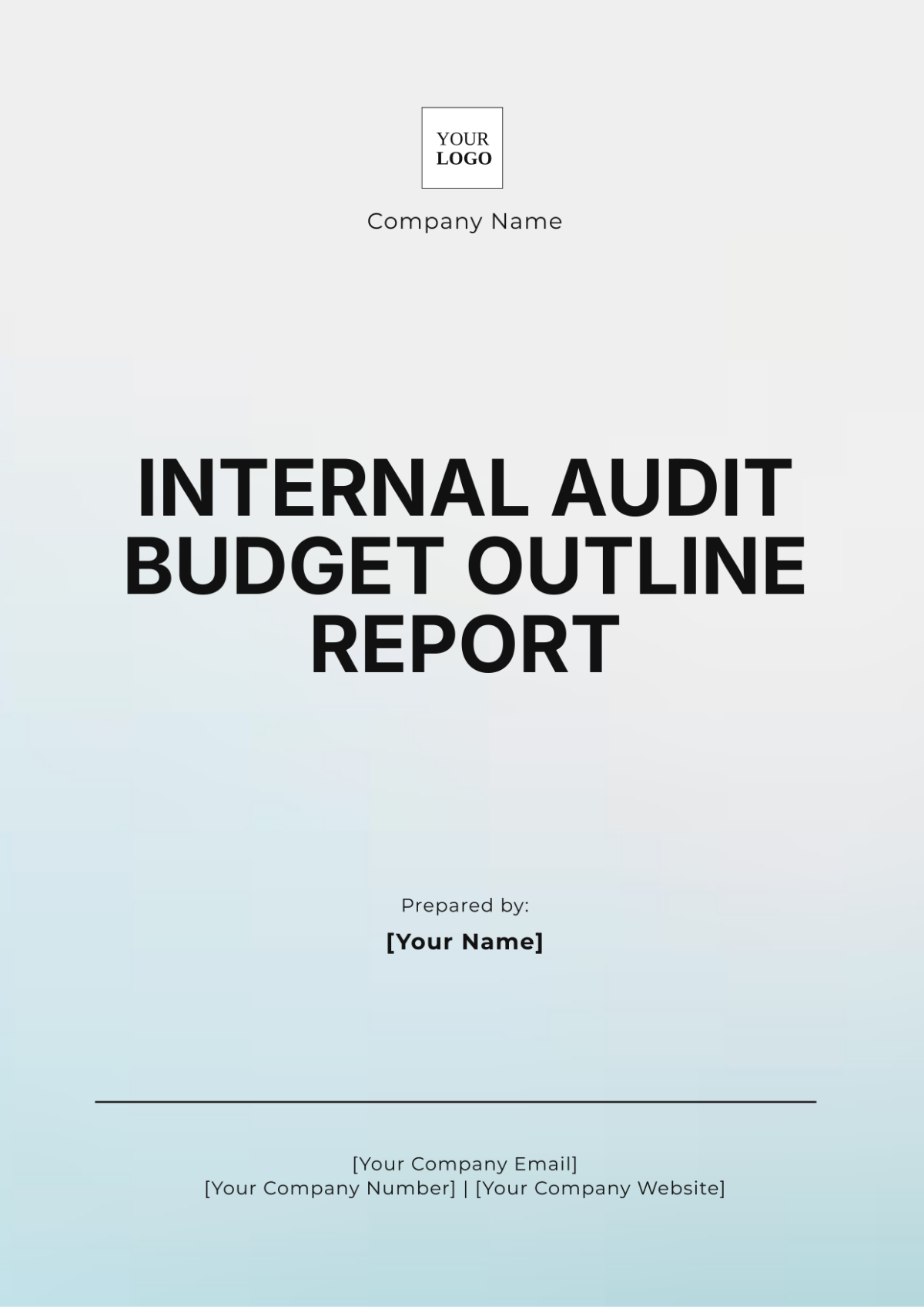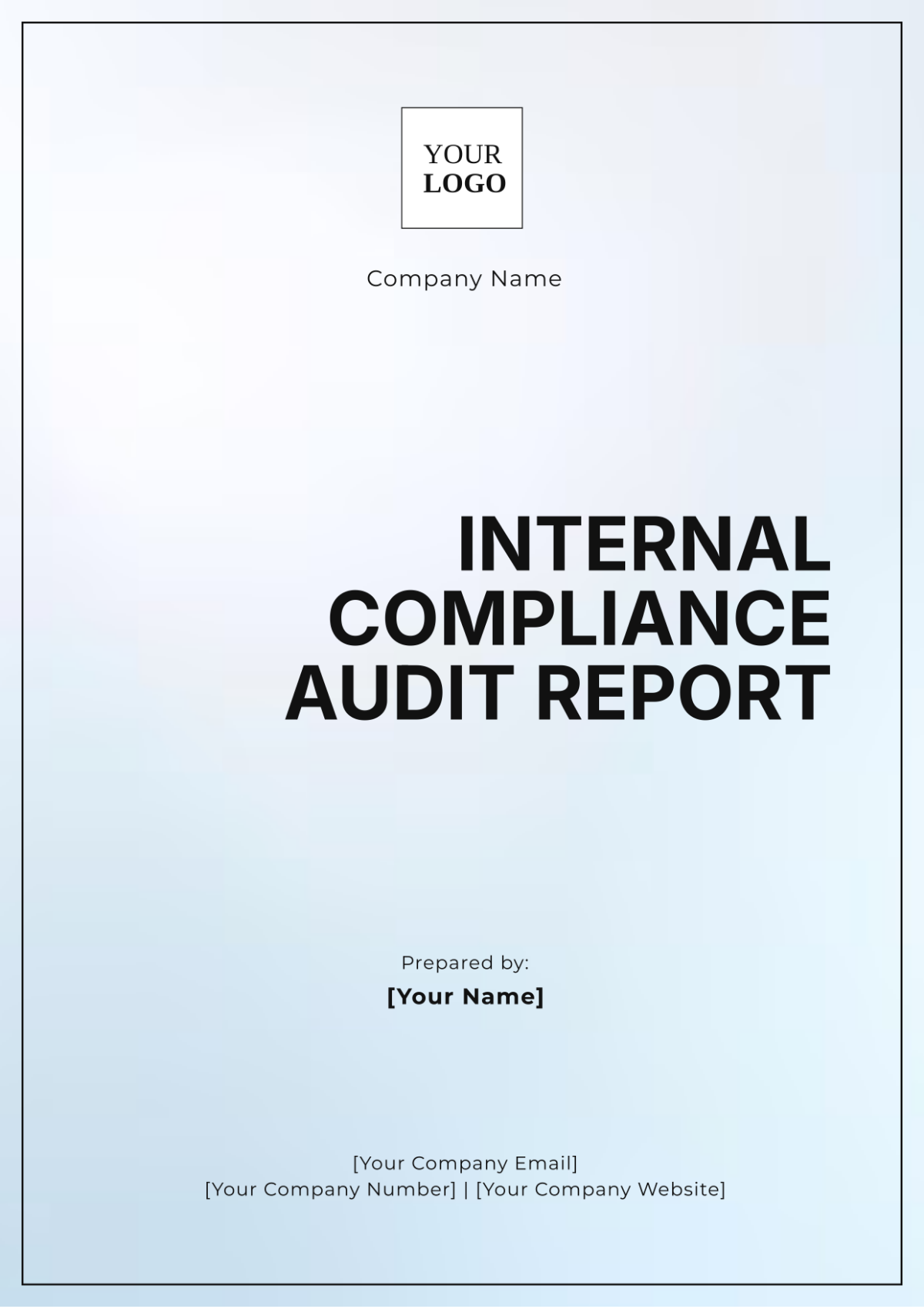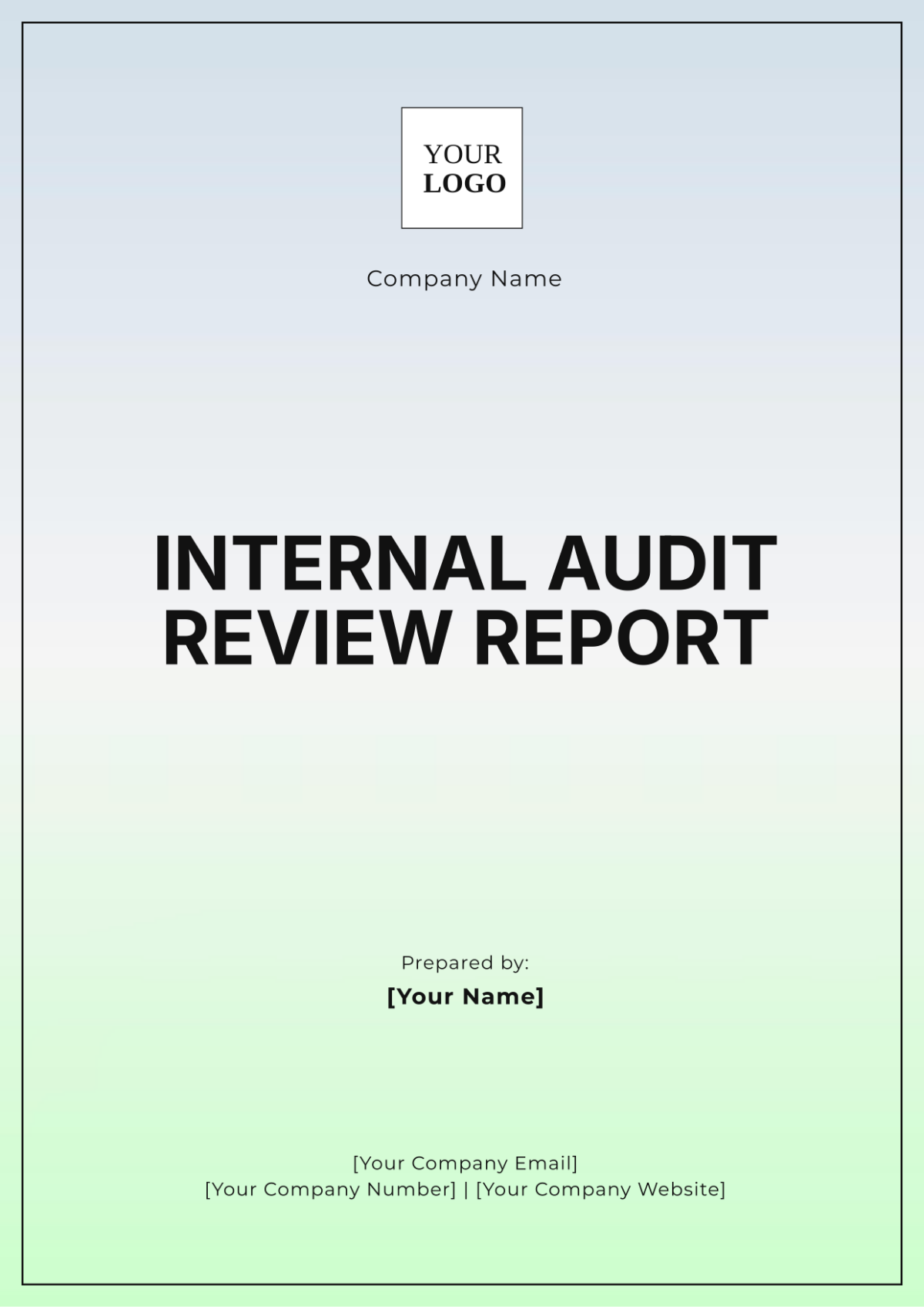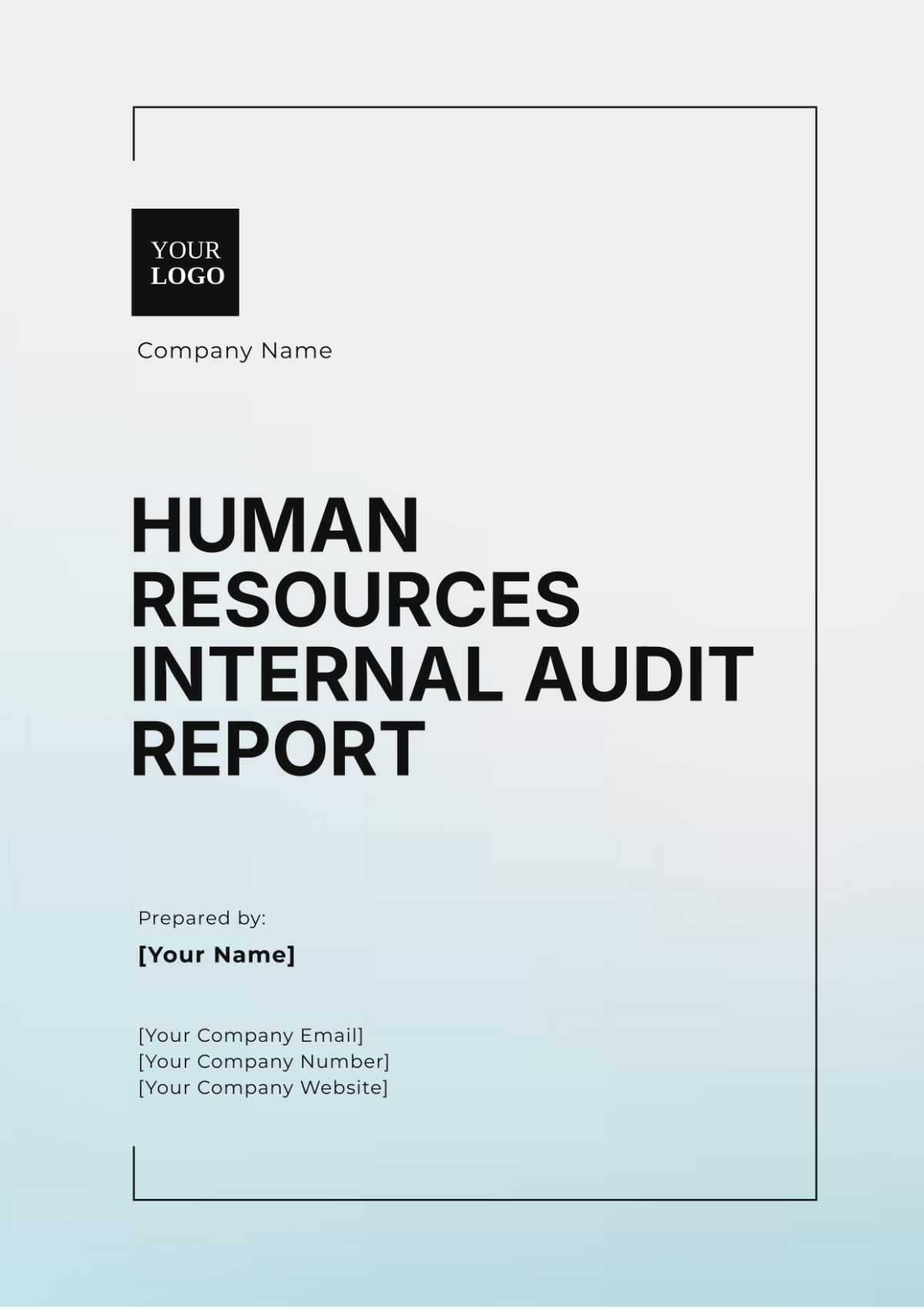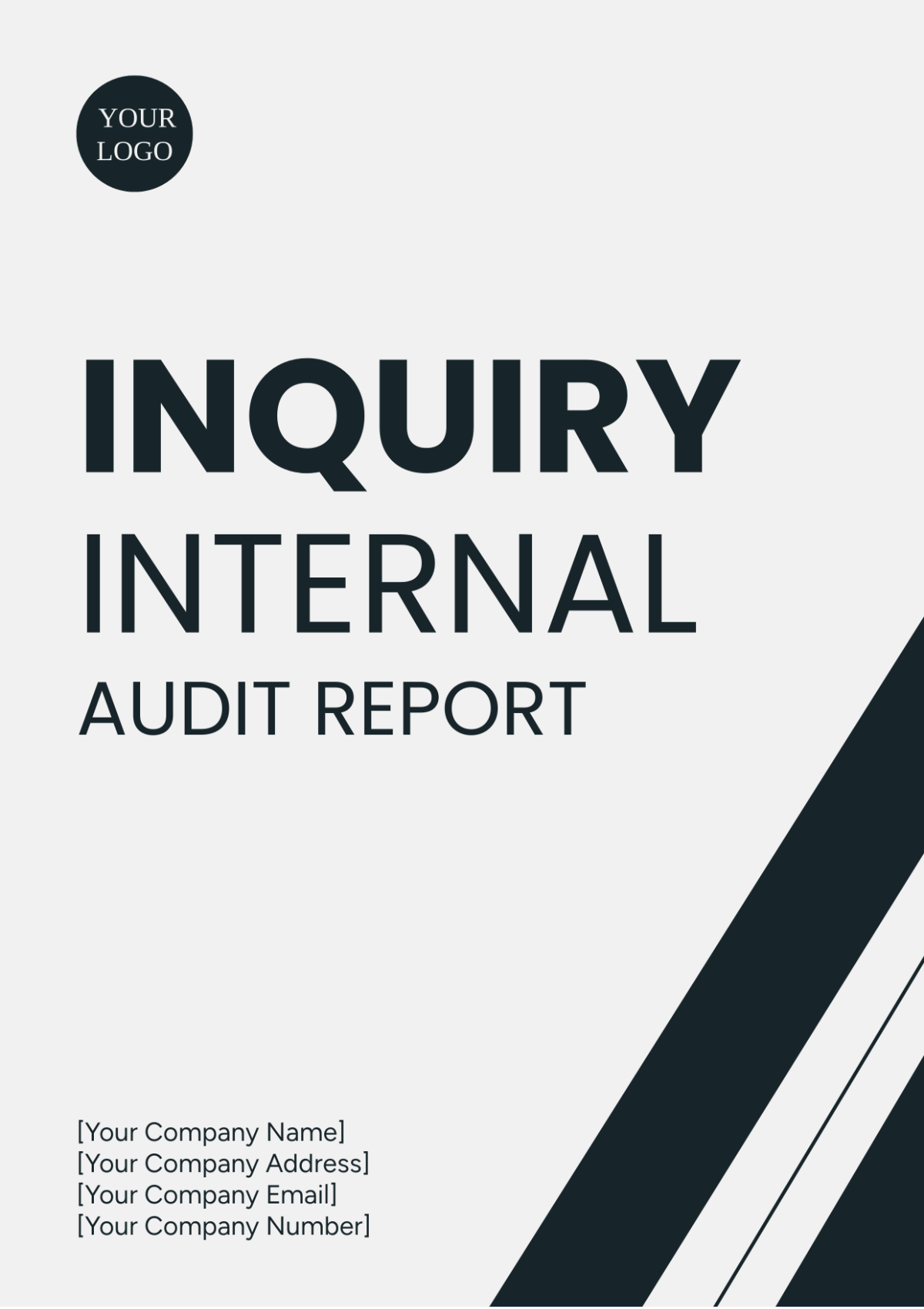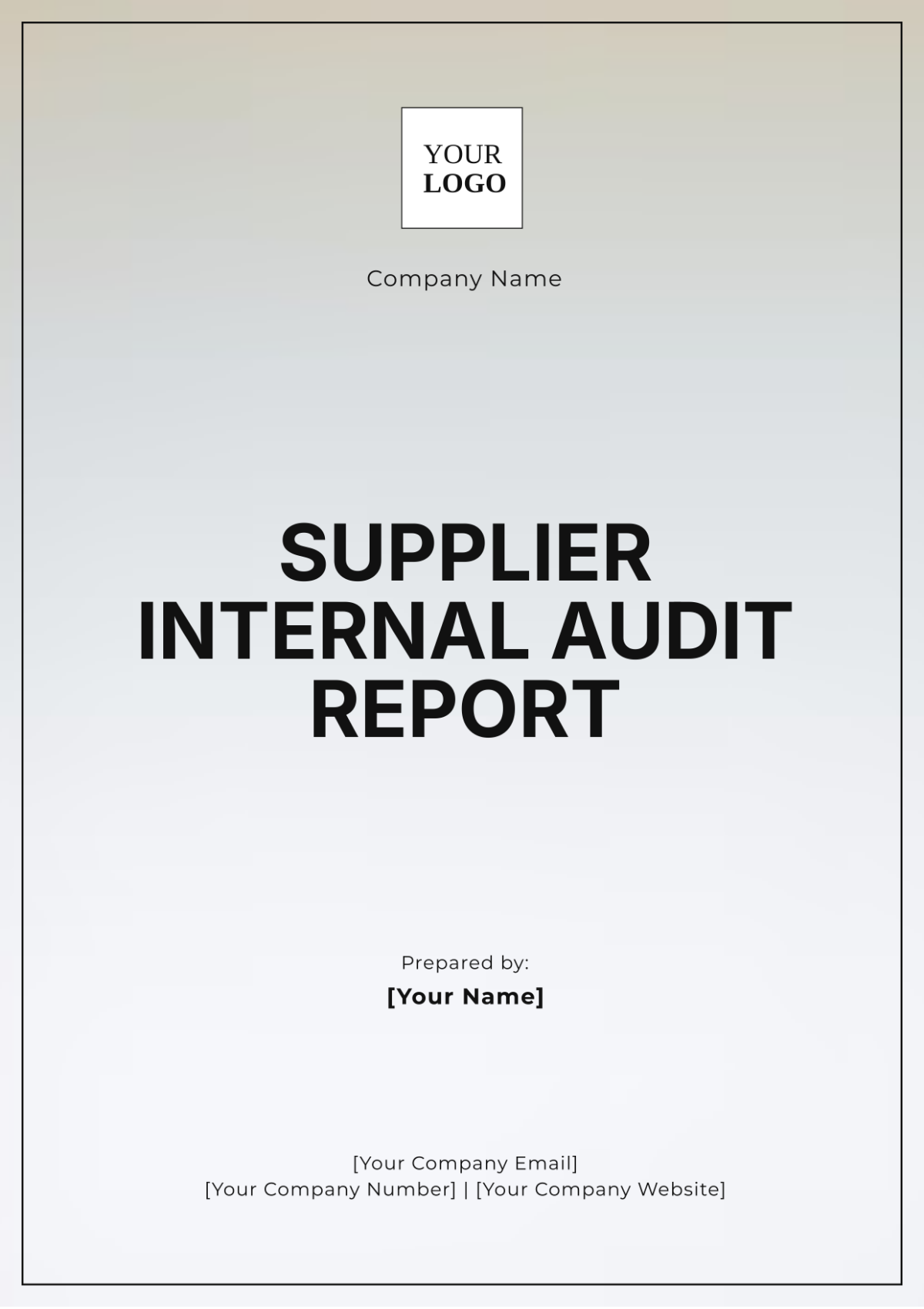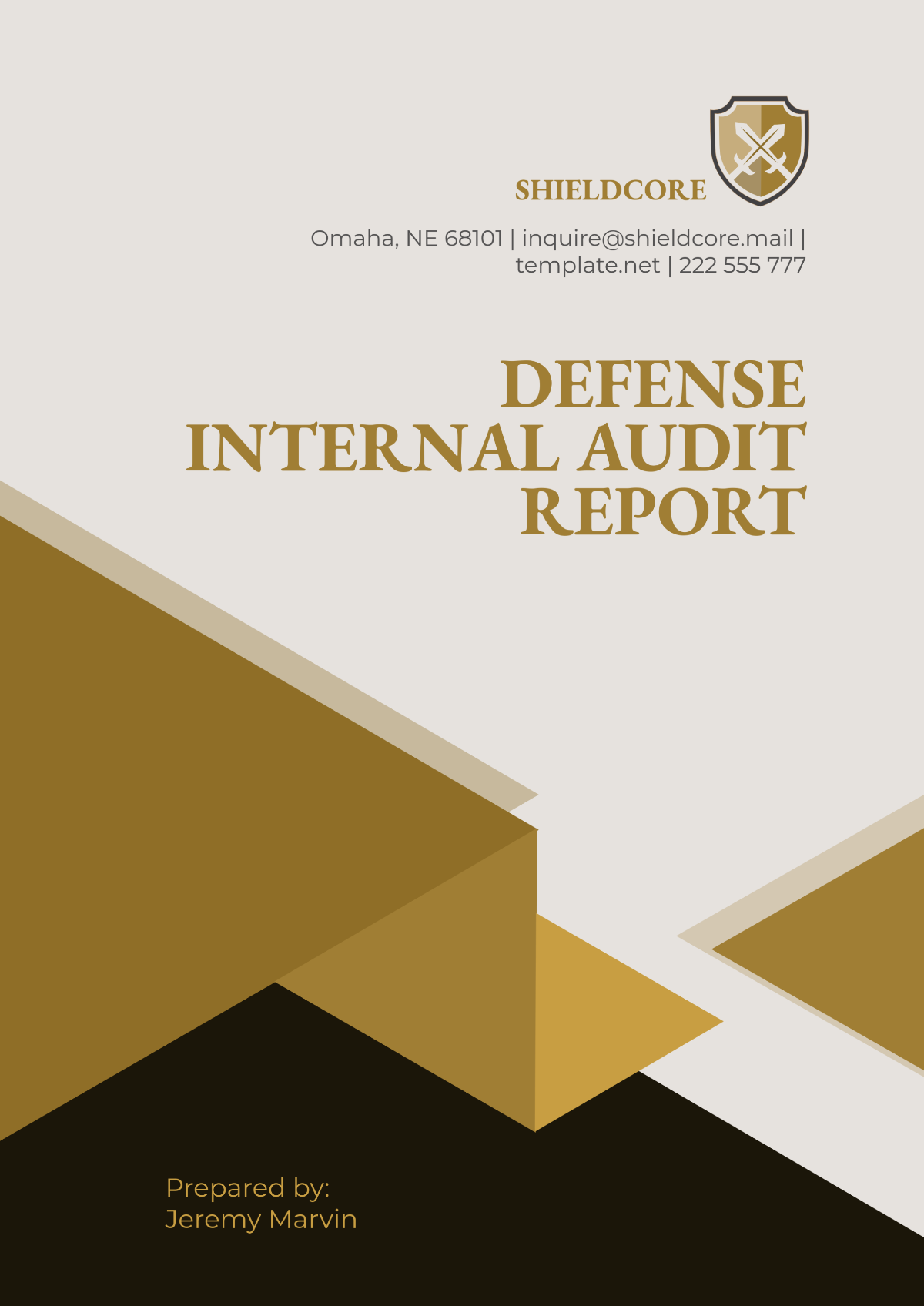Compliance Internal Monitoring Report
Date: January 15, 2060
Prepared By: [Your Name]
Position: Compliance Officer
Department: Compliance and Risk Management
Company Name: [Your Company Name]
Report Period: January 1, 2059 - December 31, 2059
1. Executive Summary
The Compliance Internal Monitoring Report provides a comprehensive overview of the compliance status and monitoring activities undertaken within [Your Company Name] during the reporting period. This report assesses the effectiveness of internal controls, identifies areas for improvement, and ensures adherence to both legal and regulatory requirements.
Key Findings:
Overall Compliance Improvement: The company experienced a 15% increase in compliance with regulatory standards compared to the previous year, highlighting a successful implementation of compliance initiatives.
Data Protection Enhancements: The introduction of advanced data encryption and regular vulnerability assessments led to a 20% reduction in data breaches from the previous year.
Incident Management: Two significant compliance violations were recorded; both incidents were resolved efficiently within established protocols, demonstrating effective incident response capabilities.
2. Introduction
This section outlines the purpose, scope, and objectives of the internal monitoring process to reinforce compliance across the organization.
Purpose:
The primary purpose of this report is to ensure that all departments adhere to applicable legal and regulatory requirements while upholding internal policies and procedures.
Scope:
The monitoring activities encompass all operational areas, including:
Finance: Evaluating financial reporting accuracy and compliance with tax regulations.
Human Resources: Ensuring adherence to labor laws and employee training requirements.
IT: Assessing the effectiveness of cybersecurity measures and data protection protocols.
Sales and Marketing: Reviewing compliance with advertising standards and consumer protection laws.
Objectives:
To evaluate compliance with federal, state, and local laws and regulations.
To assess the effectiveness of existing internal controls and identify weaknesses.
To enhance organizational awareness regarding compliance responsibilities.
3. Methodology
This section describes the methods employed for comprehensive compliance monitoring and evaluation.
Data Collection:
Surveys and Questionnaires: Distributed to department heads to gather insights on compliance practices and challenges faced.
Document Reviews: Thorough analysis of policy manuals, training records, incident reports, and compliance documentation.
Interviews: Conducted with key personnel, including department managers and compliance staff, to assess the understanding and implementation of compliance requirements.
Analysis Techniques:
Comparative Analysis: Evaluating current compliance data against historical reports to identify trends and improvements.
Risk Assessment Matrices: Utilized to identify high-risk areas and prioritize compliance monitoring efforts.
Compliance Scorecards: Developed for each department to provide a visual representation of compliance status and areas needing attention.
4. Compliance Findings
This section details the findings of the monitoring activities, highlighting strengths and areas for improvement.
4.1 Regulatory Compliance
Financial Reporting: All financial reports were submitted punctually and met the regulatory standards set forth by the Securities and Exchange Commission (SEC) and the Financial Accounting Standards Board (FASB).
Data Protection: The implementation of enhanced data protection measures, including two-factor authentication and quarterly penetration testing, resulted in a 20% decrease in data breach incidents compared to 2058.
4.2 Internal Control Effectiveness
Training Compliance: 95% of employees completed mandatory compliance training programs, an increase from 85% in 2058, indicating a growing culture of compliance awareness.
Incident Management: Two incidents were documented during the reporting period, both resolved within the required 48-hour response time, reinforcing the efficacy of the incident management protocol.
4.3 Areas for Improvement
Policy Updates: There is a need for regular updates to compliance policies to reflect ongoing regulatory changes, particularly concerning data privacy laws (e.g., GDPR, CCPA).
Cross-Departmental Communication: Strengthening communication channels regarding compliance responsibilities among departments can enhance adherence to protocols and reduce misunderstandings.
5. Action Plan
Based on the findings, an actionable plan is proposed to address compliance gaps and improve overall compliance efforts.
Action Item 1: Update Compliance Policies
Responsibility: Compliance Officer
Deadline: March 31, 2060
Details: Conduct a comprehensive review of all compliance policies, ensuring they align with current regulations and best practices. Collaborate with legal counsel to integrate any new laws affecting the organization.
Action Item 2: Conduct Quarterly Compliance Training
Responsibility: HR Department
Deadline: Ongoing (First session by April 15, 2060)
Details: Implement a robust training program that includes interactive sessions, case studies, and assessments to reinforce compliance awareness among employees across all departments.
Action Item 3: Establish a Compliance Committee
Responsibility: Executive Management
Deadline: June 30, 2060
Details: Form a cross-departmental compliance committee to oversee compliance initiatives, monitor ongoing compliance activities, and foster a culture of accountability and transparency within the organization.
6. Conclusion
The Compliance Internal Monitoring Report reveals a generally positive compliance landscape within [Your Company Name]. However, ongoing efforts are necessary to address identified gaps and enhance the overall compliance framework. Continuous improvement and proactive measures will ensure the organization remains aligned with evolving regulatory requirements and industry best practices.
7. Appendices
Appendix A: Survey Questionnaire
Appendix B: Compliance Scorecard
Appendix C: List of Compliance Violations and Resolutions
Appendix D: Training Completion Records
Appendix E: Risk Assessment Reports
8. Approval
Approved By:
 [Supervisor’s Name]
[Supervisor’s Name]
Chief Compliance Officer





